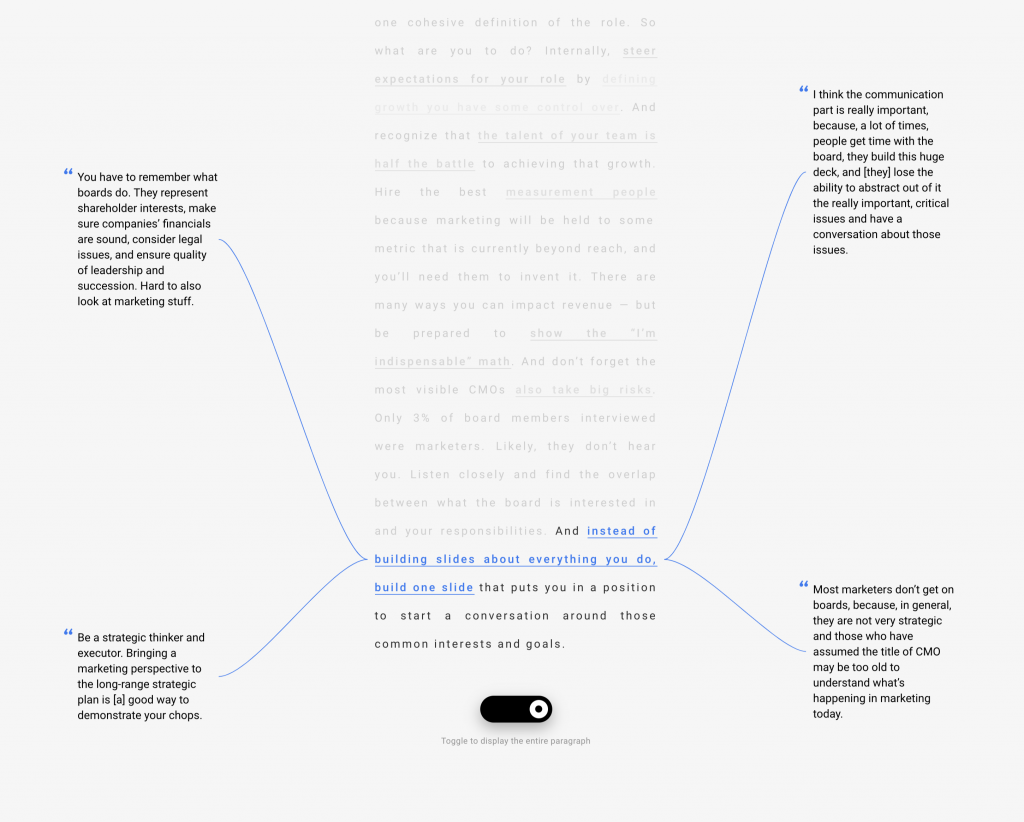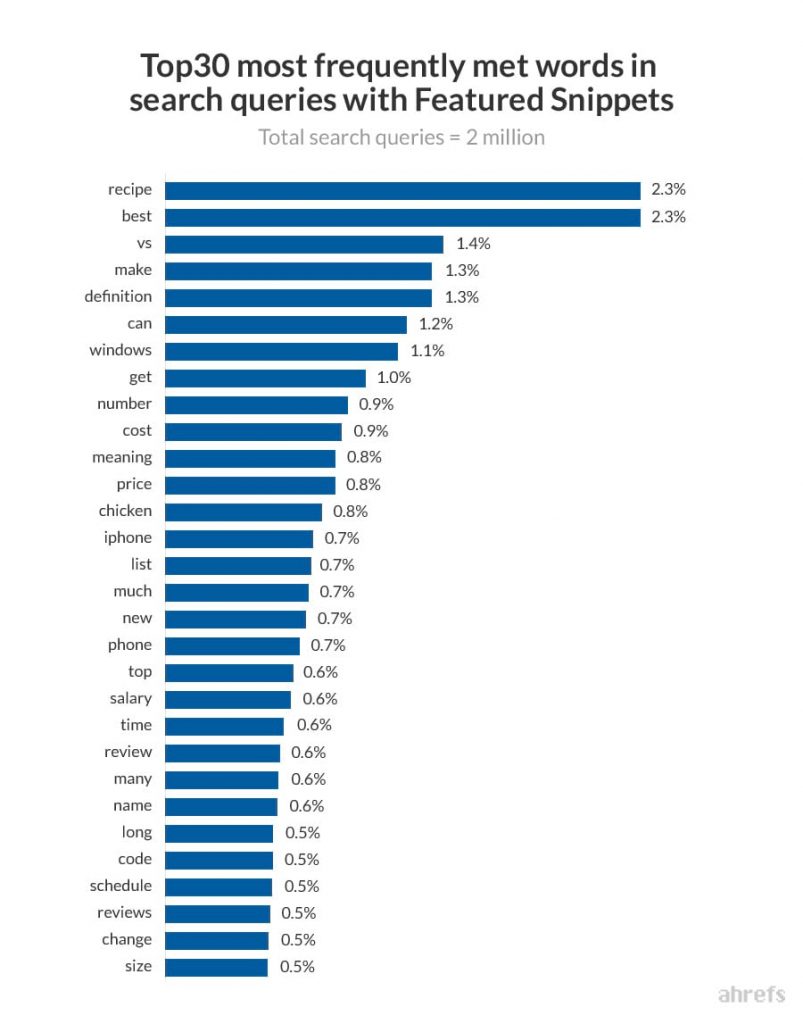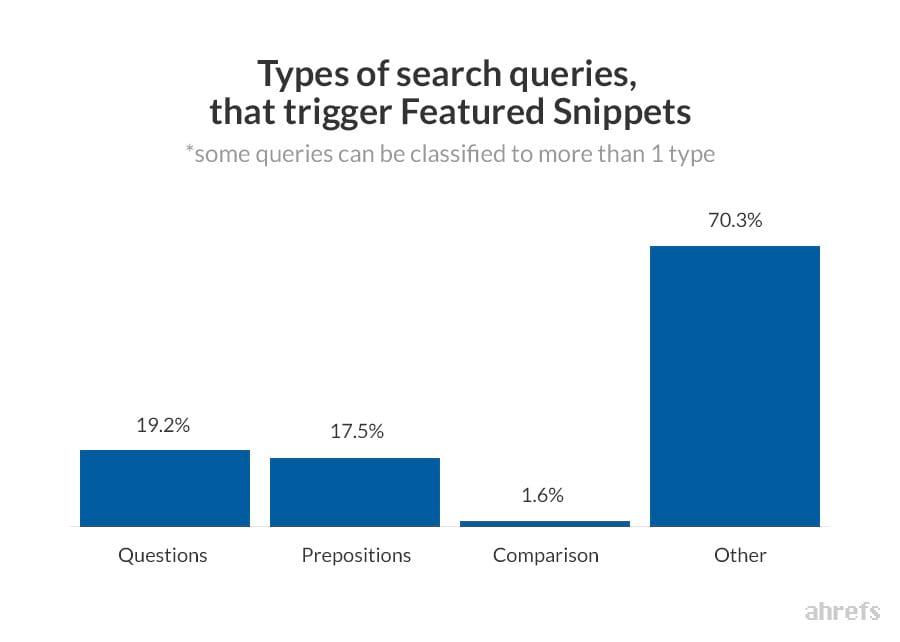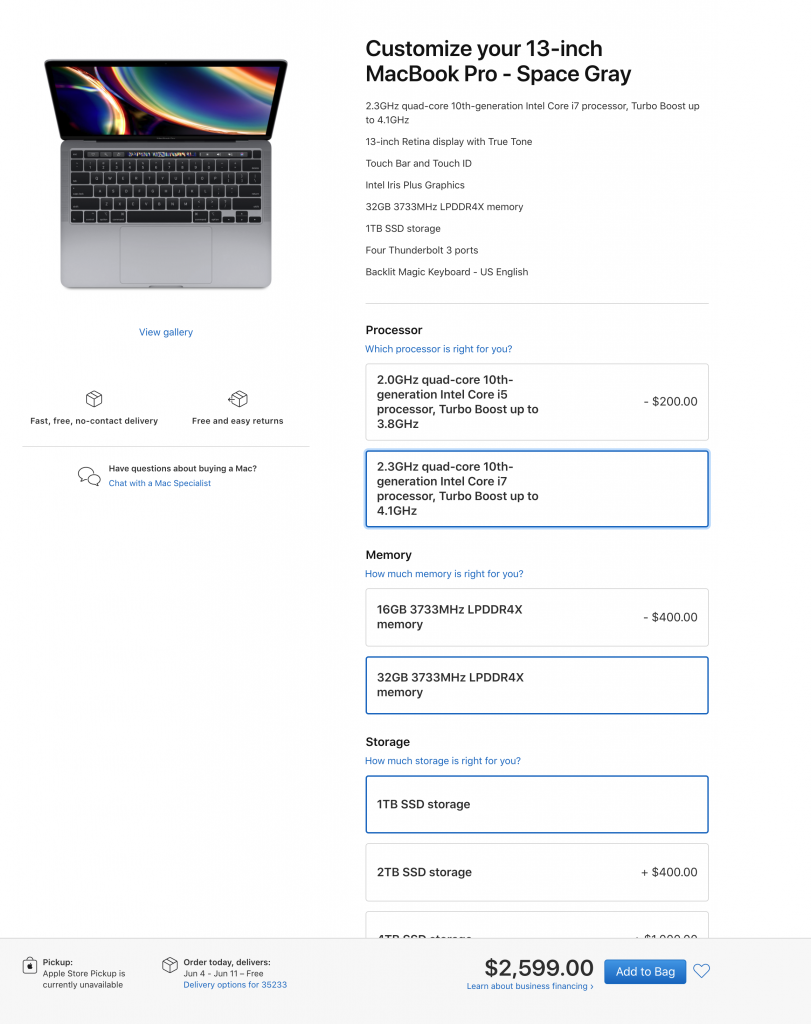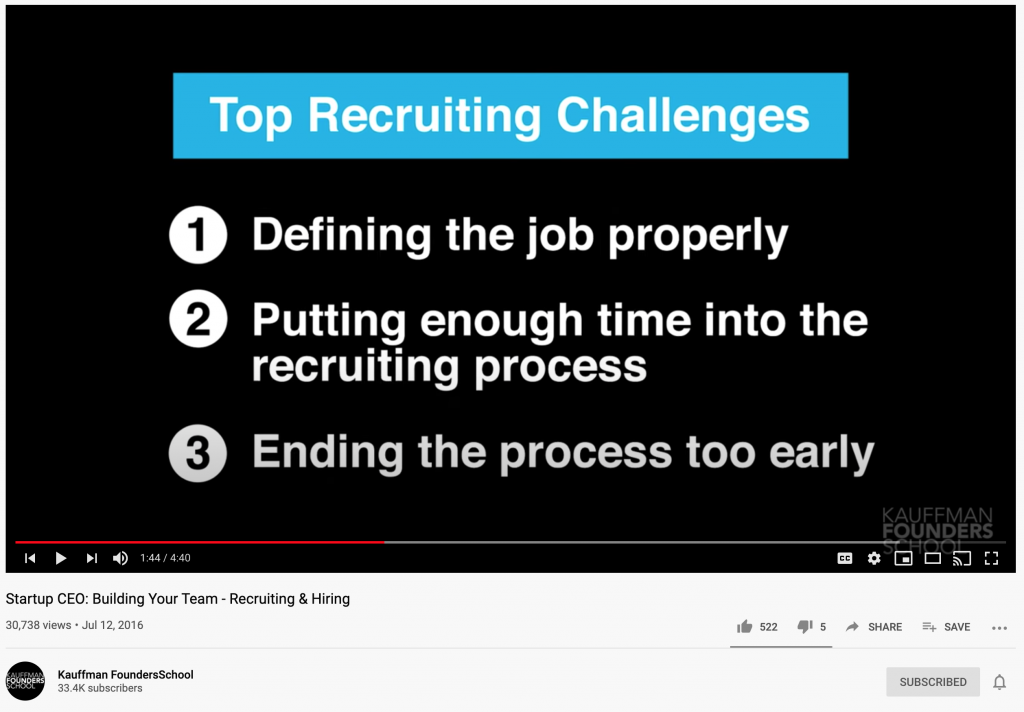Feedback loops are extremely critical for us as humans to know if we’re doing the right thing, how well, and if we’re hitting goals along the way, or failing.
On the path to a $1 million – or $1 billion – business, there are huge goals in the distant future, but making the connection between the work today and hitting those goals is tough.
I definitely struggle with it, but I’m beginning to place more and more importance on the process.
Being a solo entrepreneur has a big effect on this because without a boss giving me instructions, I’m only accountable to myself.
In addition, most of the work I do – SEO and content marketing – has longer and more nuanced feedback loops than other marketing activities.
With email marketing, I know within a few hours how effective my email campaign to 10,000 people is – by looking at opens, clicks, and sales.
With Google AdWords – the actions of ad budget, bid, ad copy, offer, and landing page all work together and I can see on a daily basis how well it’s working and tweak with instant changes made.
With SEO the feedback loops are long, convoluted, and always changing. One of the richest companies in the world works to intentionally make it difficult for those who try to understand the system. Work we do now doesn’t show up for 3-6 months. Proving this to clients is difficult.
Without feedback loops in some sense, though, we can’t learn and improve. So it’s critical to build the loops as much as possible if they’re not built-in already.
For SEO and content marketing, if the feedback loops are going to take 6 months, what are the proximal goals I can use in the meantime?
This was made clear to me on this post by Peter Shallard: How to use gamification psychology to accelerate your entrepreneurial success, where he introduces proximal goals.
The idea here is to leverage a well researched principle of psychology called Proximal Goal Setting. A proximal goal is simply a bite-sized implementation step of a larger, bigger picture goal you’ve set for yourself.
They work so powerfully for entrepreneurs because instead of sitting down at your desk each day to “make a million bucks”, you get to set micro-objectives that are actually doable in a day.
Proximal goals are the video games of personal growth. They break big, long term, complex and ambiguous goals into short term winnable challenges.
What’s essential about proximal goals is the proactive decision you make when you set them:
You’re deciding to quit asking deep questions about your big far-away goals, and to focus instead on the game you’ve created for yourself in the present moment.
It’s so well said and makes so much sense to me. Large, successful organizations like Salesforce know how to map all individual company goals up to the CEO’s goals and create a connected chain. For solo entrepreneurs though, there’s so much splitting of time, tasks, and goals that we get lost in the whirlwind (4DX) of it all.
Feedback loops have a lot to do with learning a new skill as well, especially the concept of chunk and spaced repetition. This is important to understand when training team members or yourself. Without feedback, how can a team member working on a new task know if they’re doing well or not? It’s very hard for them to do so.
Another quote from the article I like:
Psychologists have shown that accomplishing proximal goals – even when they’re just a drop in the bucket of our bigger distal goal – does the same thing as the donut and the video games: It activates the brain’s reward centers.
By making yourself feel good at a chemical level, it becomes easier and easier to train your brain to build a terrific habit of executing on your proximal goal steps.
And I wholeheartedly agree. I feel the best when it’s 6 pm and I got some real, solid work done that day. I get physically energized in my body in a way that coffee or exercise doesn’t. It’s the stranges thing and shows the connection between mental and physical systems. (Need to do more research here myself.) I feel a similar sensation when meditating for at least 15 minutes. I think it has something to do with focus and being in the flow. I’m actually experiencing it right now as I write this post since I’ve been in the zone letting my thoughts flow out for the last 20 minutes and had minimal task switching distractions. That correlates with another concept of just starting any task for 5 minutes. When you sit down and just dedicate 5 minutes, you often get in the flow enough to continue for another 15 at least (thanks for that tip James Dodge!)
Connecting Daily Goals with Long Term Goals
One of my biggest questions and disconnects has been connecting 5 or 10 year goals with daily and weekly goals.
I’ve personally always been motivated by these huge goals. And yes I’ll think about them on a weekly basis and make incremental steps, but I find with many competing goals and weekly distractions in front of the distraction machine, they rarely get the attention they need.
I’ve been shying away from wanting to see myself as an ideas person or strategy person because it seems cliche and that ideas are cheap, execution is everything. I think the truth is somewhere in between, but if I’m big picture, but also a solo entrepreneur, who does the work? That’s the key thing. Balancing long term goals, with daily action and team members to help.
Peter once again exactly hits on how I operate. Too much big picture planning, not enough execution:
For many entrepreneurs, the initial thrill of an exciting distal goal is enough to get a whiteboard planning session done… and very little else.
This is because the entrepreneurial psychology that makes you so good at seeing big opportunities, crafting compelling visions – being an “ideas person” in other words – is pretty much the opposite of the mindset needed to execute on an idea.
After the initial big picture planning session, most entrepreneurs really need a hard worker – who doesn’t ask too many questions – to take over.
In the book Profit First, Mike Michalowicz also hits on an important point with one of his clients, who paid themselves very meager salaries so they could hire people to do everything in the business for them, while the client just strategized. Mike corrected him in showing that he needed to be earning a motivating salary AND work in the business. The phrase “work on the business not in the business” is important to keep in mind, but the caveat is that it depends on the business size. If you’re the CEO of a 100 person company, then you should do CEO duties 95% of the time. If you’re the owner of a 4 person company then you should be doing CEO duties 15% of the time, and sales, marketing, HR, and finance duties the other 85% of the time.
This one really got me:
You would never hire someone and start them on a project, then stop them a day later because you’ve had a different idea. You’d have them consistently execute and then a month later, you’d sit down and evaluate the efficacy of what they did.
Because I’ve done exactly that with a team member. Start him on one project, flip him over to another, then back to the original, not much consistency, and that can be hurting both of us. It’s not a constant thing, but it’s prevalent. It’s important to build systems, train and plug in your people, have them take ownership, and improve these systems.
